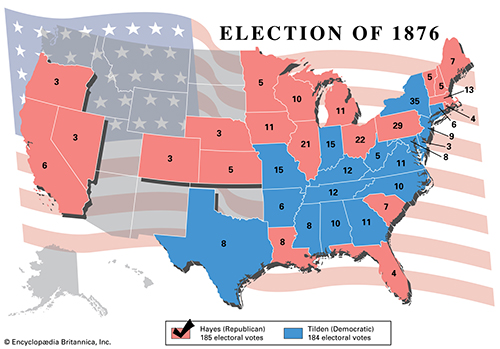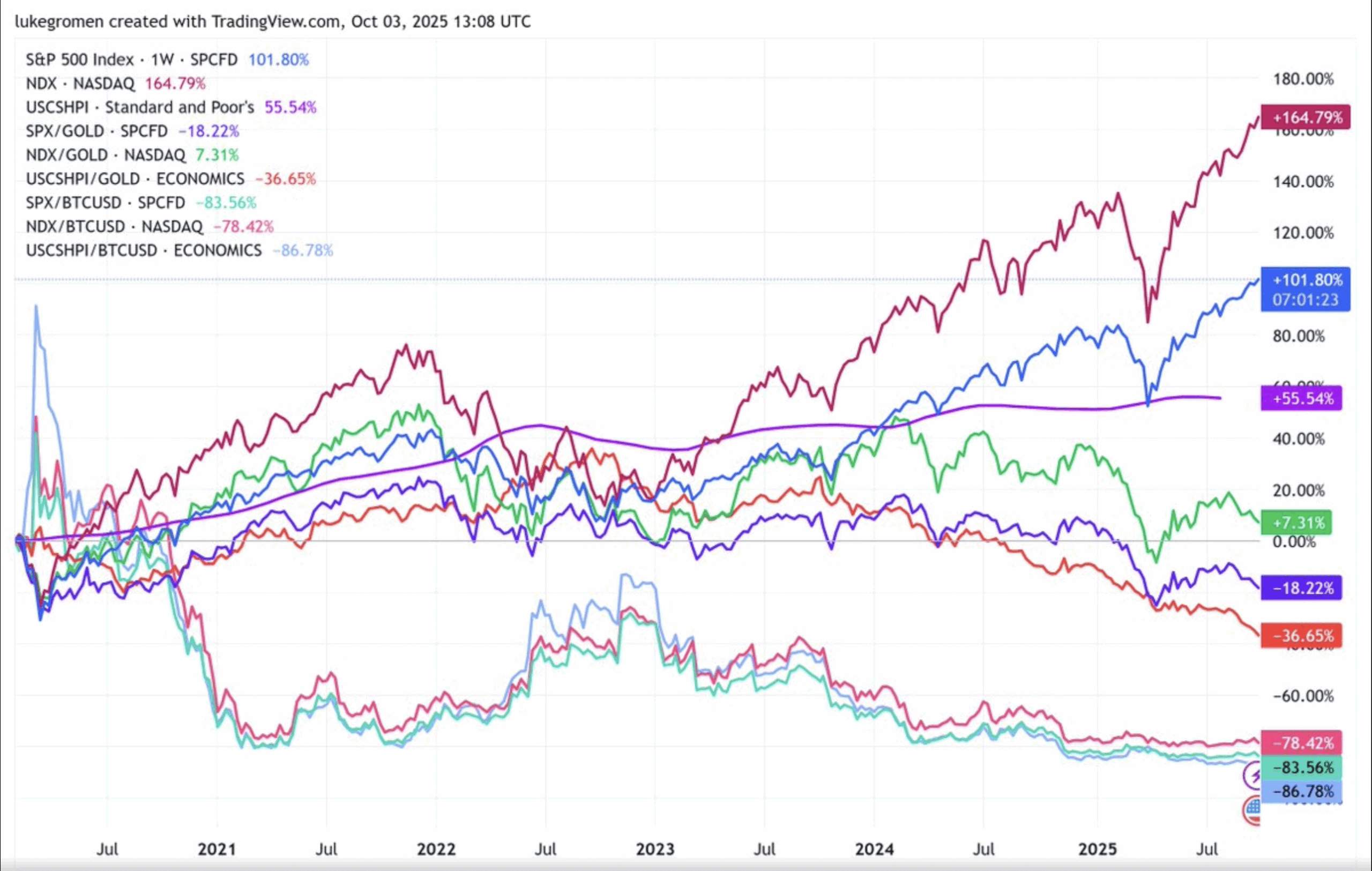Kerby Anderson
Earlier this week I talked about a study by Dr. Robert Epstein who documented that Google bias may have shifted at least 6 million votes to Joe Biden. It turns out that this is not the first instance in which technology was used to rig an election. This happened in the 1876 election of Rutherford B. Hayes.
Back then, we didn’t have the Internet. But we did have the telegraph, and Western Union had a monopoly on communications in America. Just before the election, the company manipulated information so that only positive news stories about Hayes appeared in newspapers nationwide. Also, Western Union shared all the telegrams sent by Samuel Tilden’s campaign staff with the campaign staff of Rutherford Hayes.
A recent article in the Washington Post recorded that voter intimidation was rampant in some of the southern states like Louisiana and Florida. Voter fraud was widespread with both parties. Southern Democrats used “repeaters” which were people who voted repeatedly. They also printed fraudulent ballots to trick illiterate Black voters into voting for Democrats.
Voter turnout was the highest ever for a presidential election. In South Carolina, despite voter suppression, the official turnout was 101 percent of eligible voters. The Republicans argued that Hayes would have won easily if there had been honest voting. Does any of this sound familiar?
An Electoral Commission was formed and eventually awarded the needed electoral votes to Hayes who won 185 to 184. Democrats were furious and began a filibuster. There were cries of “Tilden or blood” with a news report that a mob would descend on the Capitol to see that the vote count was done correctly.
We sometimes think we are in uncharted territory. Actually, something similar happened in a presidential election 144 years ago.
 Listen Online
Listen Online Watch Online
Watch Online Find a Station in Your Area
Find a Station in Your Area











 Listen Now
Listen Now Watch Online
Watch Online
